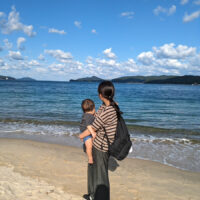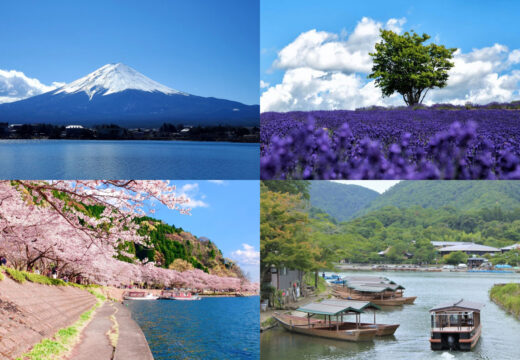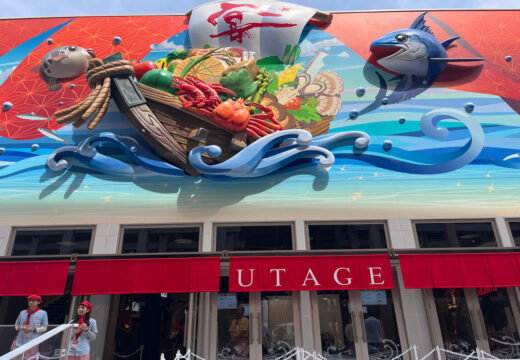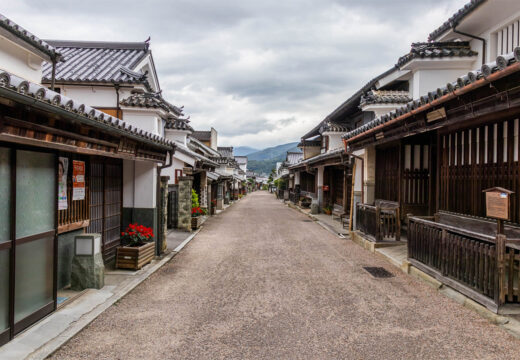Aomori’s Famous Apples, Snow and Nebuta Festival
Category: Food&Drink Goods Sightseeing
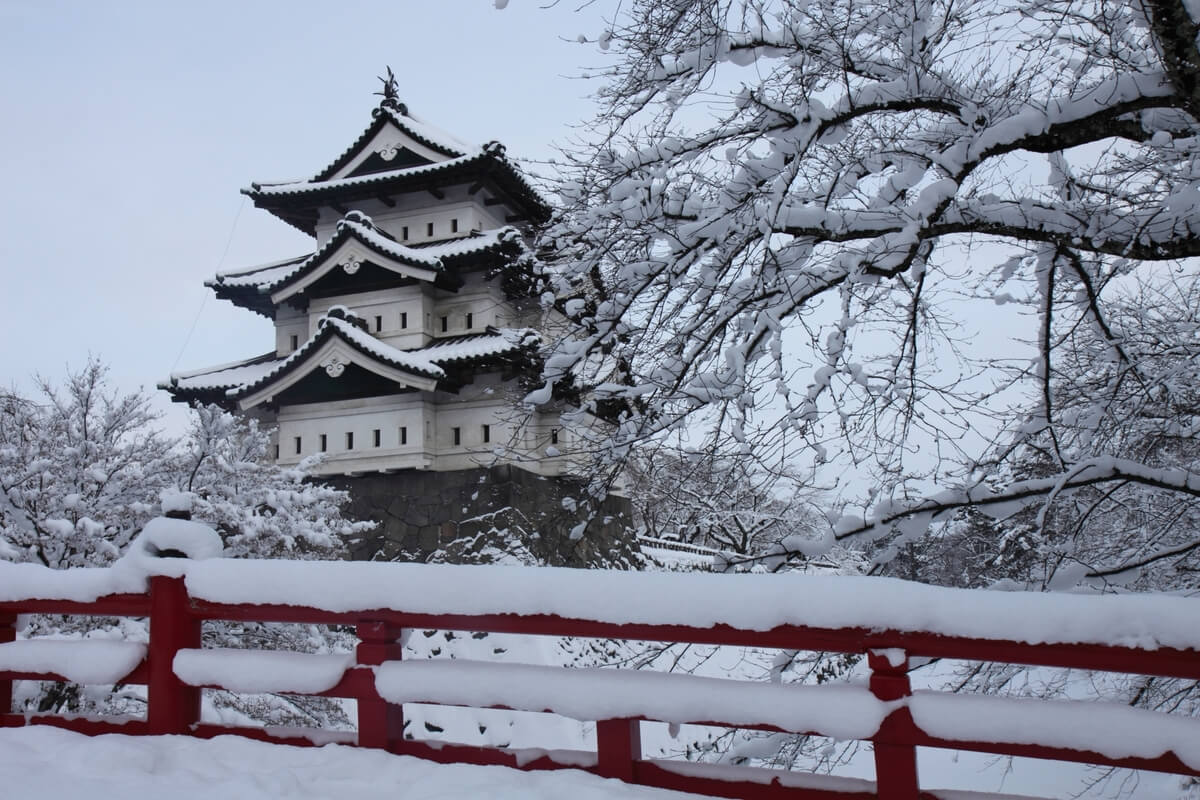
Aomori Prefecture is located in the northernmost part of Honshu, the Japanese archipelago. The Tsugaru region in the western part of the prefecture is known as the largest producer of apples in Japan, and is blessed with beautiful nature in each of the four seasons, with each region having a different culture and history. The region is also home to many fascinating events, including the Nebuta Festival held in the summer.
We will introduce the history, recommended sightseeing spots, souvenirs, and gourmet foods of the Tsugaru region of Aomori Prefecture, which has attracted a lot of attention from foreign tourists.
What is Aomori like?
Aomori Prefecture is located in the northernmost part of Honshu and is the eighth largest prefecture in Japan. It faces the Tsugaru Straits between Hokkaido to the north, the Pacific Ocean to the east, and the Sea of Japan to the west.
The Ou Mountains in the center of the prefecture divide the prefecture into two parts, resulting in contrasting climates in the western and eastern parts of the prefecture. For example, in winter, the western part of the prefecture gets a lot of snow due to the cold, moist air that hits the Ou Mountains, while the eastern part has many dry, sunny days with little snowfall. Therefore, if you want to see snow in winter, Aomori City, which is said to be the snowiest city in the world, is the place to be!
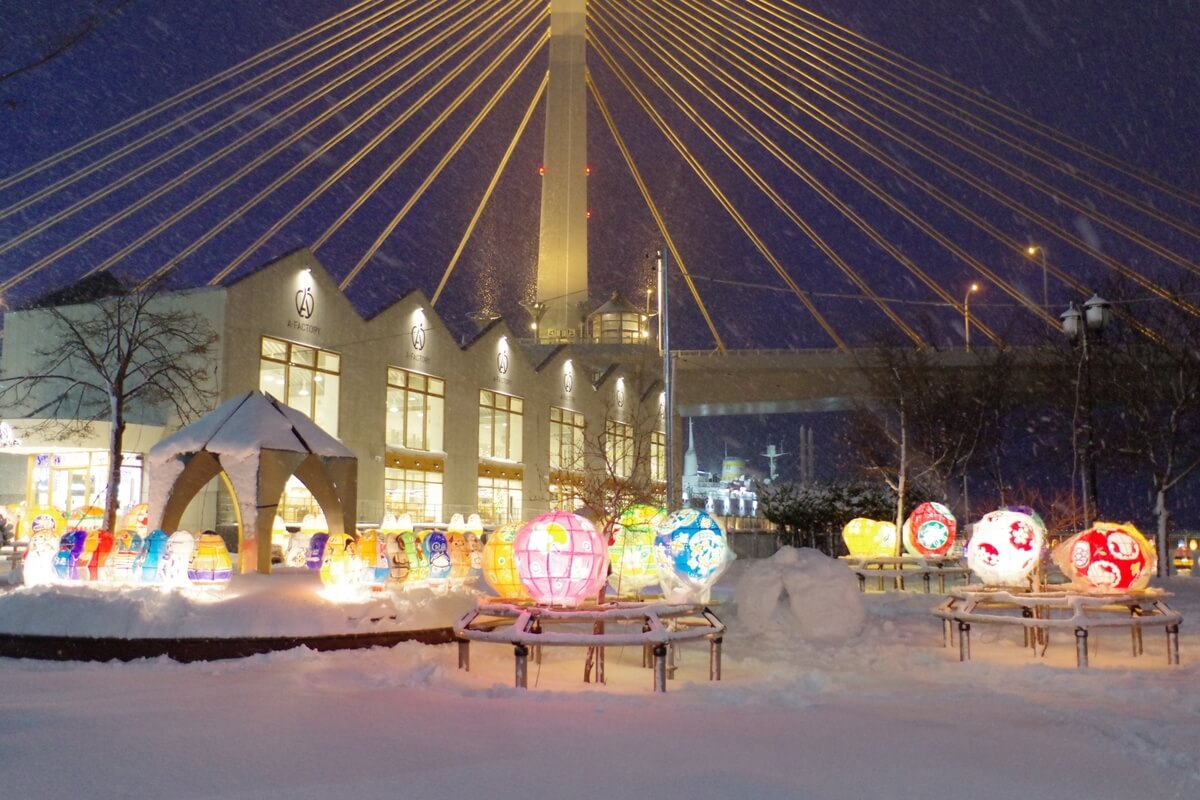
Aomori is also Japan’s largest producer of apples, accounting for approximately 60% of the country’s apple production. Surrounded on three sides by the sea, Aomori is one of the nation’s leading sources of seafood. Aomori boasts top-class catches of top brand Oma tuna, flatfish, and scallops.
The Hirosaki Cherry Blossom Festival in spring, the Nebuta Festival in summer, the autumn foliage viewing in fall, and the Hirosaki Castle Snow Lantern Festival in winter are just a few of the seasonal events that are held in Hirosaki. The charm of this area is that you can enjoy different spectacular scenery depending on the season you visit.

History of Aomori
Aomori Prefecture is divided into two regions: Tsugaru in the west and Nanbu in the east. Not only do they have different climates, but they also have different cultures and histories, as they were originally different regions. In this issue, we will introduce the history of the Tsugaru region.
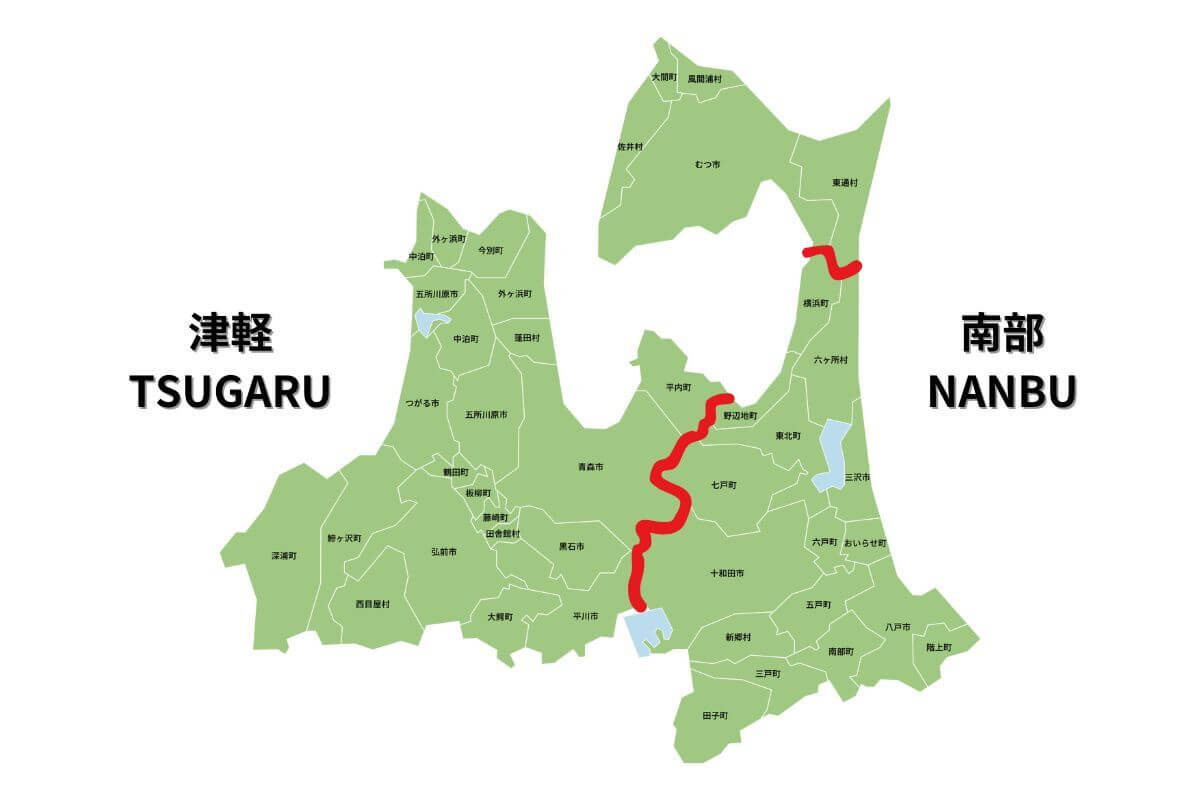
About 3,400 ancient ruins remain
The first footprints of human habitation in Aomori were left about 16,000 years ago. The oldest earthenware in Japan has been excavated from the Ohira Yamamoto site in the town of Sotogahama in northern Aomori Prefecture. Aomori is said to have some 3,400 Jomon ruins, and is a land with a long history of people’s activities since ancient times. Among them, the Sannai-Maruyama Ruins in Aomori City are registered as a World Heritage site.

Independence from the Nanbu, the beginning of Tsugaru
During the Warring States period, the Nanbu clan held territory throughout Aomori Prefecture. Oura Tamenobu, a member of the Oura clan who was in charge of the Tsugaru region, rebelled and became independent from the Nanbu clan in 1590.
At that time, he changed his name to Tsugaru Tamenobu and was recognized by Toyotomi Hideyoshi, who was in power in the central government, as the first feudal lord (a samurai who owned land) of the Tsugaru domain.
This divided Aomori Prefecture into the Tsugaru domain in the west and the Nanbu domain in the east. This bifurcation continued for about 260 years during the Edo period. Because of this historical background, Tsugaru and Nanbu were in rivalry with each other and had different dialects and cultures.
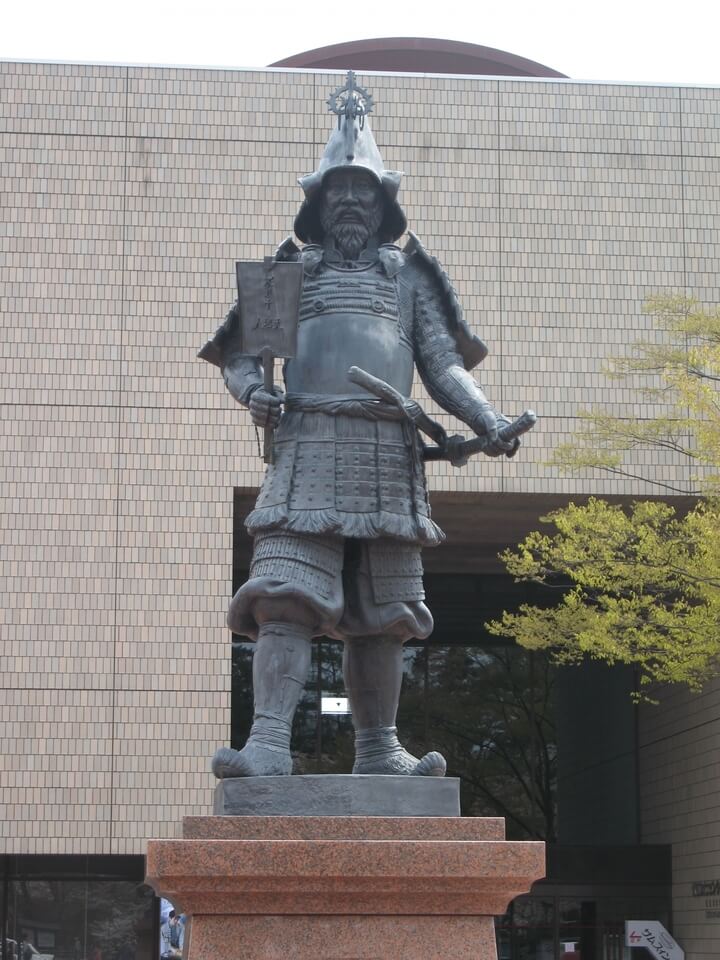
Aomori Prefecture was born about 150 years ago
The Tsugaru han (Tsugaru domain) was officially called Hirosaki han (Hirosaki clan), and its Hancho (domain office) was located in what is now Hirosaki City. In other words, Hirosaki City was the center of Aomori Prefecture and the Tsugaru region at that time. When was Aomori Prefecture established?
Aomori Prefecture was established in 1871 during the Meiji Era, when a new government replaced the Edo Shogunate. As a result of the abolition of feudal domains (an administrative reform that eliminated feudal domains and made them into prefectures), the Hirosaki domain was initially renamed Hirosaki Prefecture. However, after a little more than two months, due to financial difficulties, the prefectures of the Tsugaru and Nanbu regions were combined into one. At that time, the prefectural capital was moved to Aomori-cho, which was located in the center of the prefecture and faced the sea, making it easier to govern the entire Aomori area.
The name of the town was changed to Aomori Prefecture. This drastic policy of unifying Tsugaru and Nanbu, which had been at odds with each other for many years, resulted in the birth of Aomori Prefecture as we know it today!

Places to visit in Aomori
Hirosaki Castle
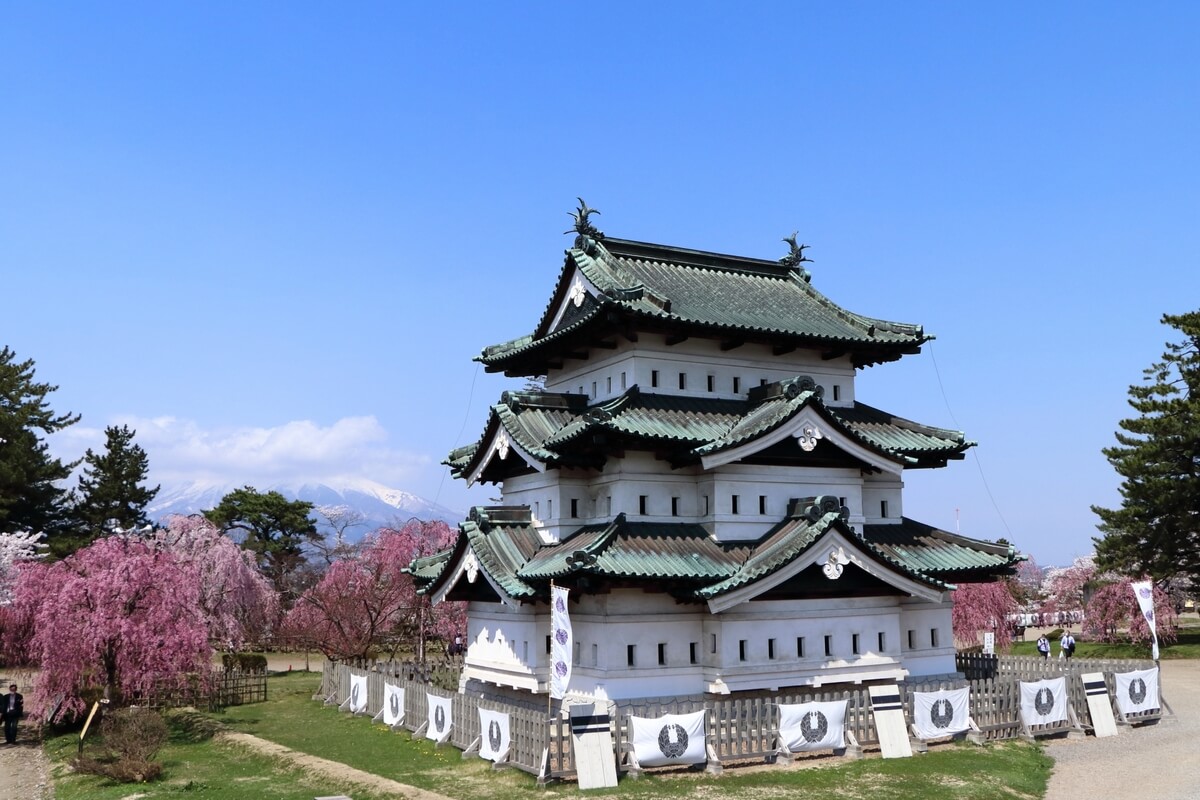
Hirosaki Castle, located in Hirosaki City, is a representative castle of the Tohoku region and one of the 12 existing castles with a castle tower in Japan. In addition to the castle tower, the gates and turrets remain as they were in those days, giving visitors a sense of the castle’s 400-year history.
In Hirosaki Park around Hirosaki Castle, the Hirosaki Sakura(Cherry Blossom) Festival and nighttime Sakura(Cherry Blossom) illumination are held in spring, the Hirosaki Castle Chrysanthemum and Autumn Leaves Festival in fall, and the Hirosaki Castle Snow Lantern Festival in winter. It is a superb spot where the castle and the scenery of the four seasons are in harmony.
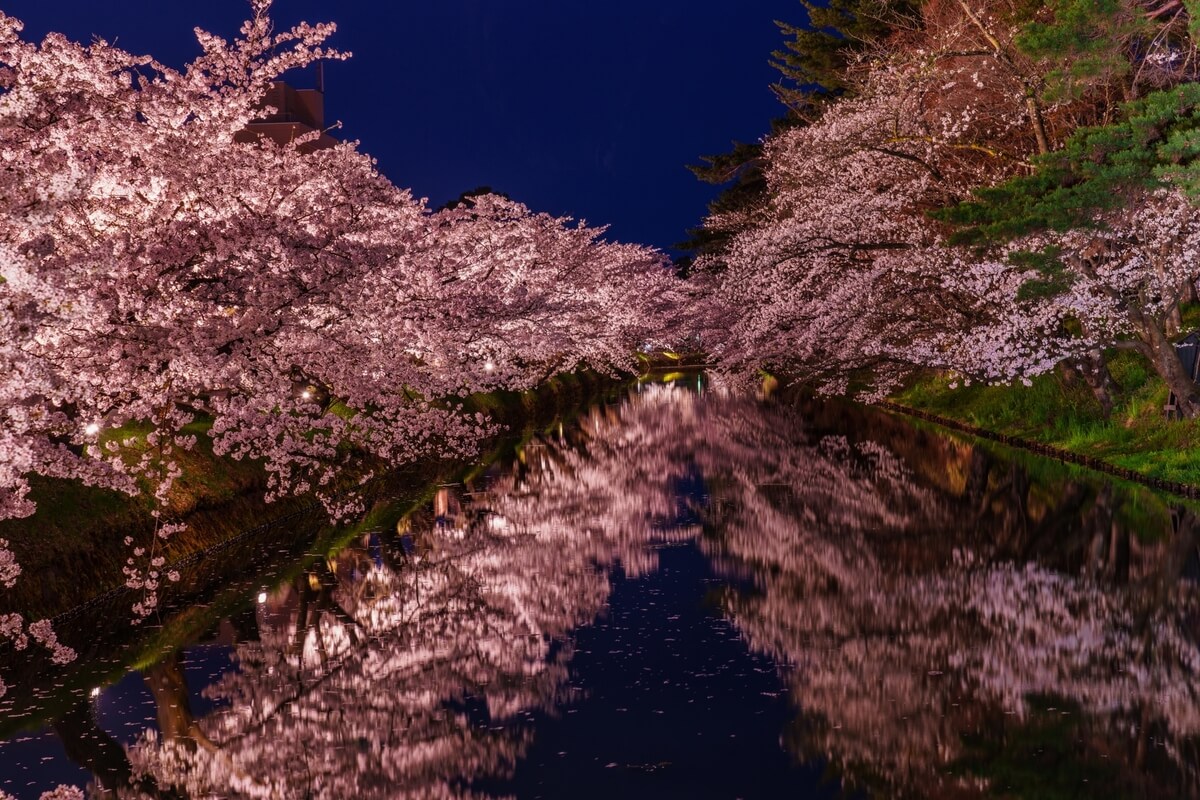
Nebuta Museum WA RASSE
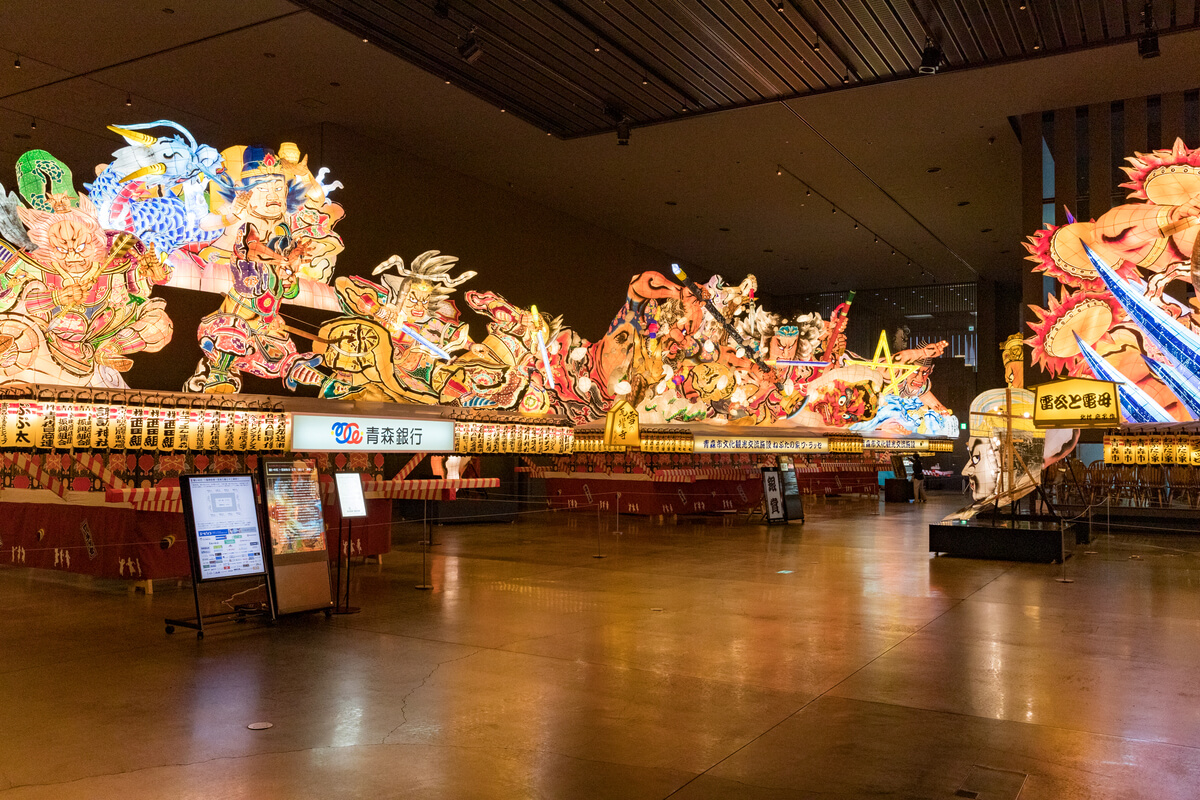
This cultural tourism exchange facility introduces the history and attractions of the Nebuta Festival, a famous festival held every August in Aomori, and allows visitors to experience the festival throughout the year. The highlight is the actual large Nebuta floats in the Nebuta Museum and Nebuta Hall on the first floor. Nebuta are large doll-shaped floats made of bamboo, wood, wire, paper, etc. During the festival, they are lit up and dance around while shouting “rassera, rassera”. Even if you cannot come to Aomori during the Nebuta Festival, you can still see the powerful Nebuta floats.
Nakano Momiji-yama (Nakano Maple Mountain)
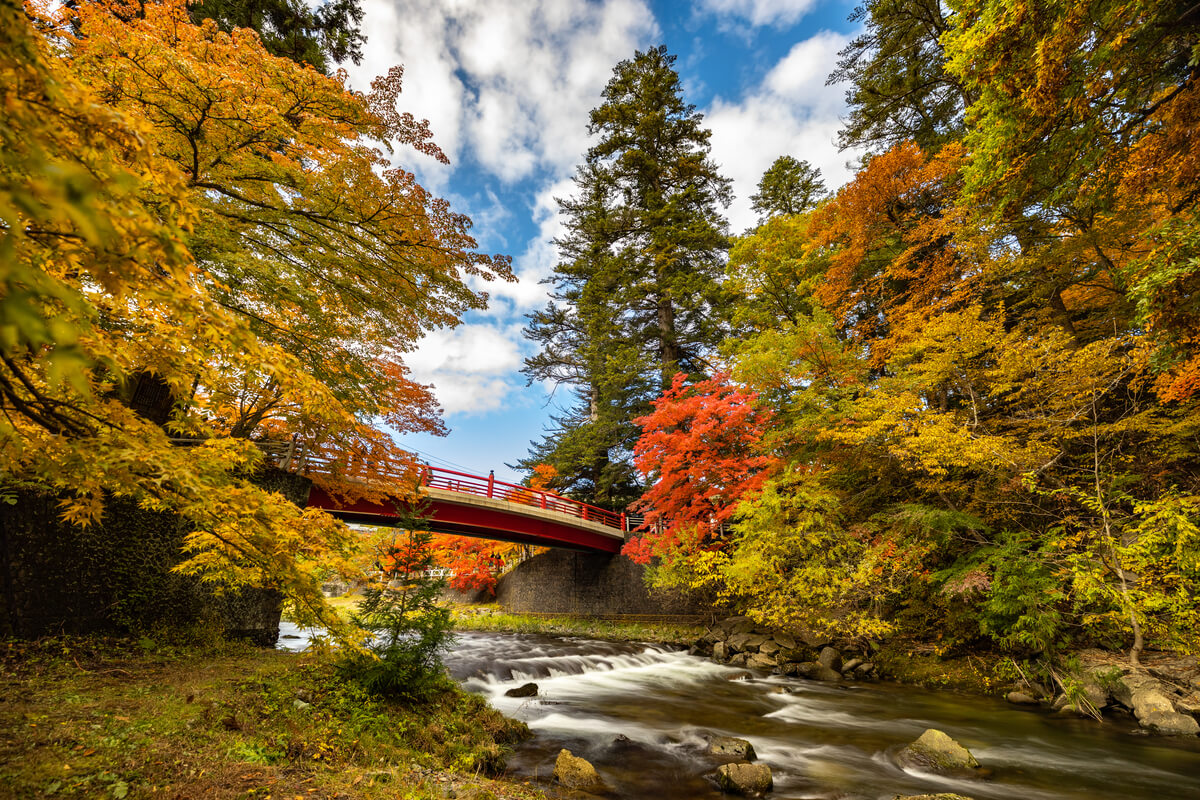
Nakano Momiji-yama (Nakano Maple Mountain) in Kuroishi City is famous as one of the best places in Aomori to view the autumn leaves. 1802, Tsugaru Yasuchika, the lord of the Hirosaki Clan, brought over 100 varieties of maple seedlings from Kyoto and transplanted them here. Visitors can enjoy the magnificent natural scenery of approximately 130 colorful maple trees, each over 100 years old, reflected in the waterfalls and valleys. The best time to view the leaves is from late October to early November, when they are illuminated at night.
Takayama Inari Shrine
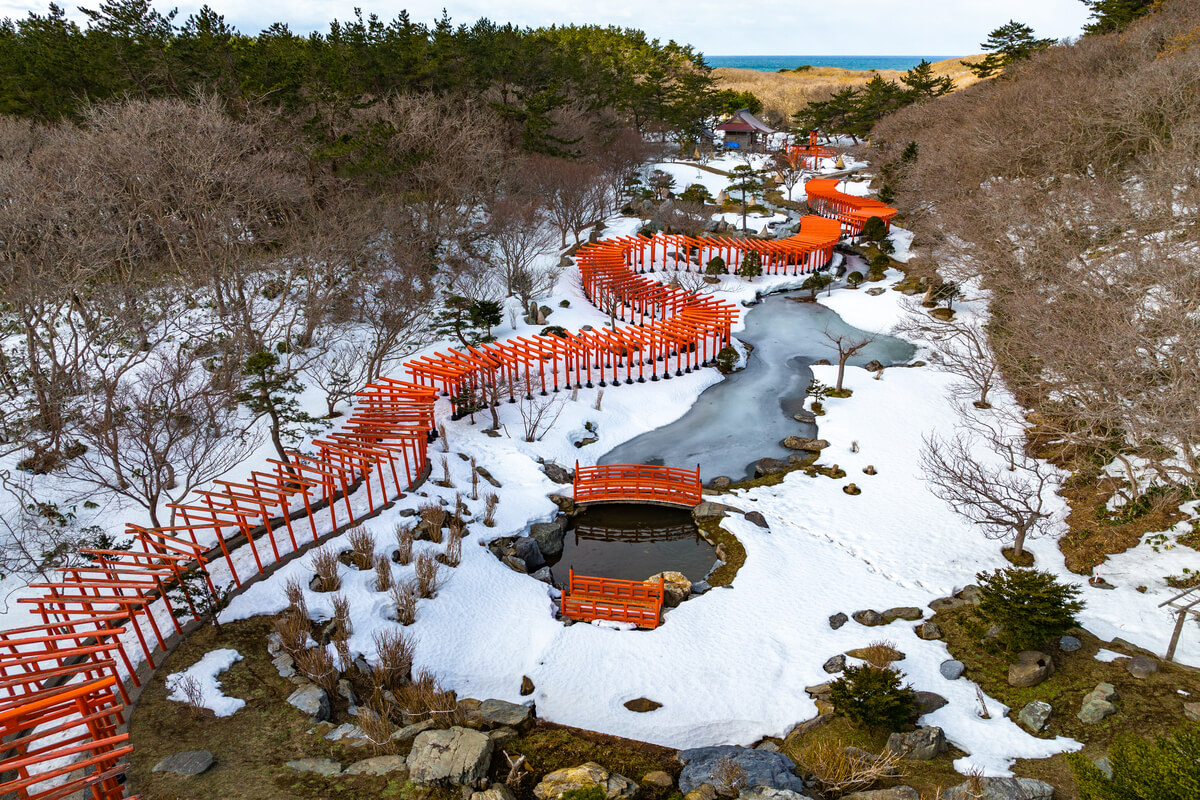
Located in Tsugaru City, this shrine is a god of good fortune for a good harvest, safety at sea, and prosperous business. Fushimi Inari Shrine in Kyoto is the most famous Inari shrine, but Takayama Inari Shrine also has a thousand vermilion torii gates.
The torii gates look otherworldly in the four seasons: Sakura(Cherry Blossom) in spring, fresh greenery in summer, and snowy landscapes in winter. The observation deck at the top of the torii is home to more fox statues than can be counted. The foxes are said to be the messengers of the gods at Inari shrines, and they are gathered here after they have completed their duties at Inari shrines all over the country.
Souvenirs to buy in Aomori
Tsugaru Biidoro

Biidoro is a glass craft produced by Hokuyo Glass in Aomori City and designated as a traditional craft of Aomori Prefecture. The name “Biidoro” is derived from the Portuguese word “vidro,” meaning glass, and started in 1949 with the production of floating balls for fishing, and is now a popular brand of handmade glass tableware, such as tableware and vases, representing the Japanese landscape and Aomori’s four seasons.
Tsugaru Kaneyama ware
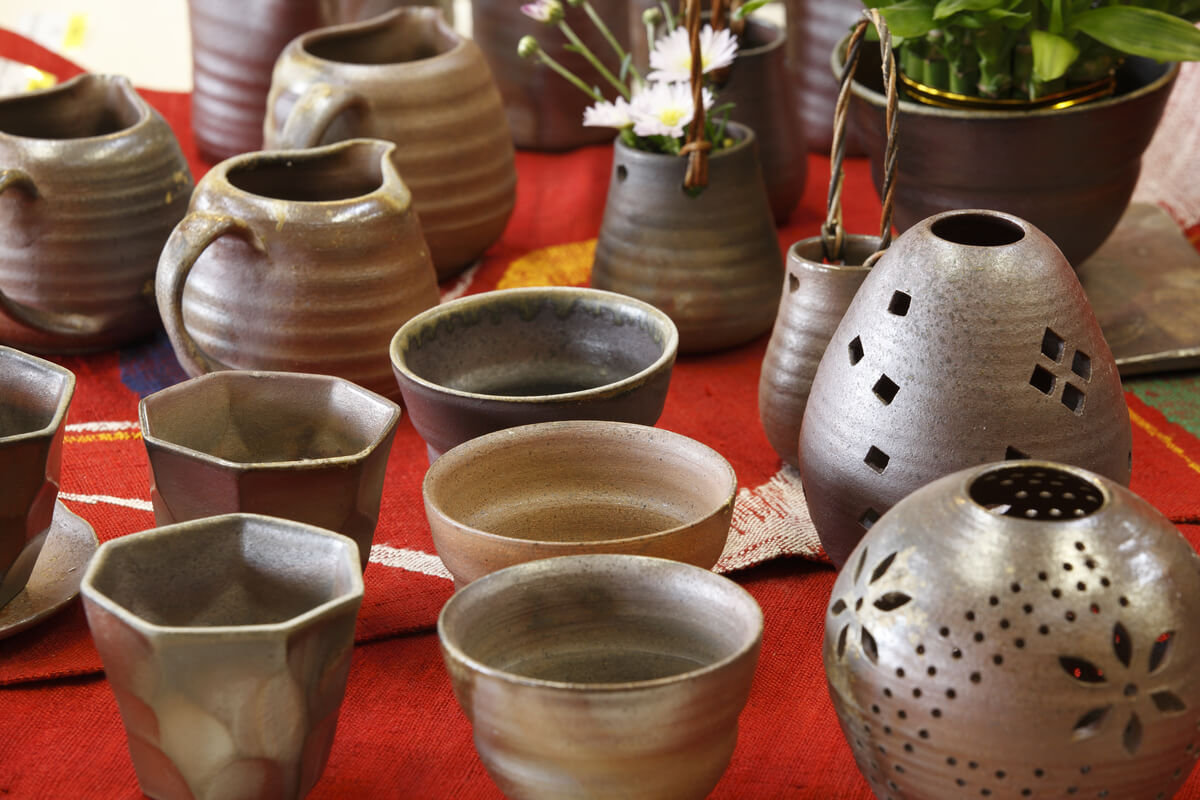
This pottery has been made in the Kaneyama district of Goshogawara City since 1985. The pottery is characterized by the “yakishime” technique, in which Aomori clay and firewood are used to bake the pottery at a high temperature of 1,360°C without glaze. This technique was influenced by Sue ware (earthenware made in Japan from the Kofun period to the Heian period), which is said to have once been made in Goshogawara City. Although this pottery is new to history, it incorporates elements of ancient Japanese earthenware and has a simple, nostalgic texture that is appealing.
BUNACO

This wooden product was created in Aomori Prefecture in 1956 and is designated as a traditional craft of the prefecture. It is made from beech trees grown in Aomori Prefecture, which boasts the largest accumulation of beech trees in Japan. Utilizing the characteristics of beech, which absorbs a lot of water, the unique technique of making thin tapes and wrapping them around like a baumkuchen is a distinctive feature of this product. The tableware, lamps, speakers, and other interior products are also made by hand, one by one.
Nuruyu Wooden kokeshi doll

Kokeshi dolls are wooden dolls made in hot spring resorts in the Tohoku region. The faces and patterns differ depending on the region of production. The kokeshi dolls that spread around the Nuruyu Onsen (hot springs) in Kuroishi City are also called Tsugaru-style kokeshi dolls, and their heads and bodies are made from a single piece of wood. The body is decorated with the Tsugaru clan’s family crest (peony pattern), nebuta-e (dharma picture), and Ainu patterns.
Aomori’s Local Gourmet
Apple

Aomori is the apple kingdom, producing approximately 60% of Japan’s apples. About 50 varieties of apples are grown in the prefecture, including “Fuji,” “Tsugaru,” and “Ourin.” There are many apple orchards in the Tsugaru region, where visitors can enjoy apple picking. In addition to eating apples as they are, apple juice, cider (sparkling wine made from apples), apple jam, and other processed products are also recommended.
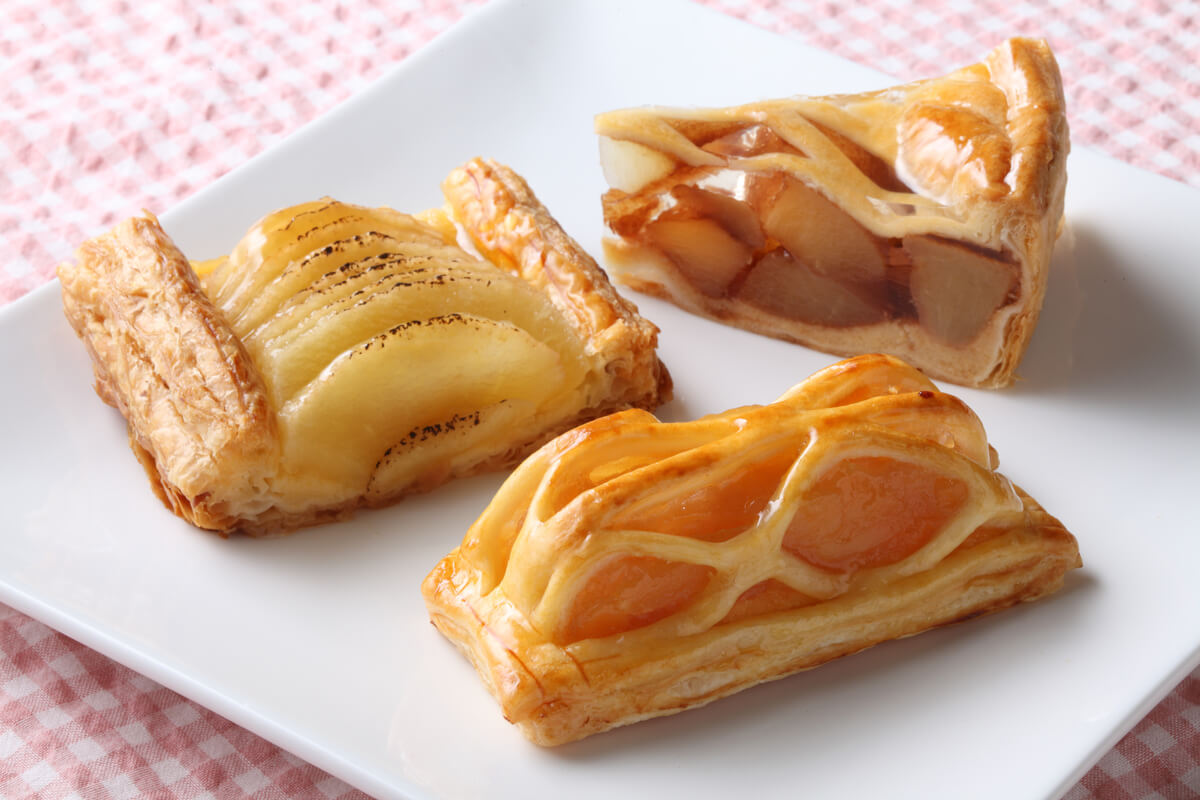
In addition, Hirosaki City has many apple sweets stores, such as apple pie and tarte tatin. It is a good idea to compare the different apple sweets available at each store.
▼Hirosaki Apple Pie Guide Map
https://www.hirosaki-kanko.or.jp/individual/admin_foreign_lang/apgmen.pdf
▼Hirosaki Tarte Tatin Guide Map (Japanese)
https://www.hirosaki-kanko.or.jp/en/edit.html?id=tartetatin-en
Aomori nokke-don

Aomori Citizens’ Kitchen, Aomori Fish and Vegetable Center’s famous rice bowl. It is a bowl of hot rice topped with the ingredients of your choice. To make nokke-don, first purchase a meal ticket and fill the bowl with rice. After that, visitors can freely visit any of the 30 restaurants in the center and exchange their tickets for the ingredients of their choice to complete their bowl of rice. You can enjoy not only fresh seafood caught in Aomori such as scallops and tuna, but also a variety of Aomori’s delicacies such as side dishes and meats.
Aomori Miso Curry Milk Ramen

One of Aomori City’s B-Grade Gourmet (cheap and common food loved by the locals). Based on miso ramen originated in Sapporo, Hokkaido, this ramen combines curry powder and milk. The noodles are chidjire men (curly noodles) that mix well with the soup, and are topped with bean sprouts, bamboo shoots, and wakame seaweed. The name alone may sound like a strange combination, but the rich miso soup is a perfect match for the stimulation of the curry and the mild, buttery flavor of the milk. Try this supreme bowl of soup that can only be found in Aomori.
The Tsugaru region of Aomori Prefecture has an ancient history and traditional culture. No matter what season you visit, spring, summer, fall, or winter, you can enjoy the rich nature and beautiful scenery of this area. It takes about 1.5 hours from Tokyo by air and 3 hours by Tohoku Shinkansen. If you want to enjoy the four seasons of Japan, please stretch your legs and visit Aomori Prefecture, the northernmost prefecture on Honshu!
